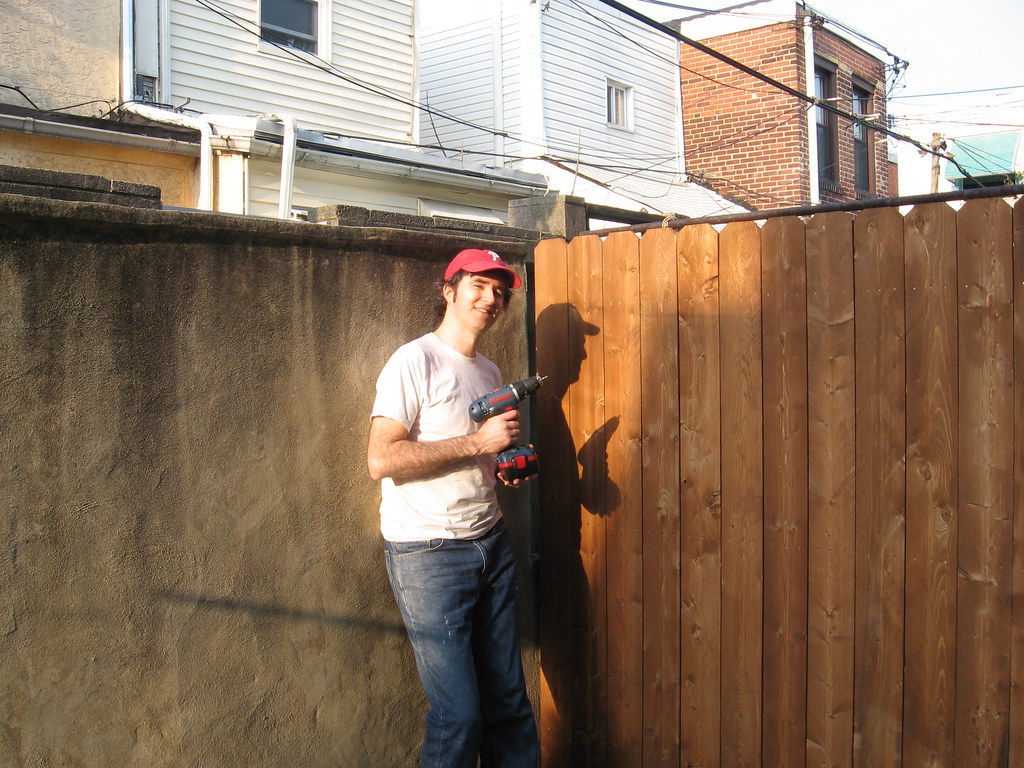The other week, I managed to replace the water valve in the back of our house that had been leaking for years. Turns out I was going about it all wrong at first.
 |
| The original water valve, minus its handle. |
As you can see from the picture above, it looks like I should be able to unscrew the water valve from the L joint right at the top of the pipe. However, years of corrosion meant that valve wasn't going anywhere. Best I could do was get the handle off.
I asked for some advice on Facebook, and got a ton of responses: use a different wrench, put a pipe over the wrench to get more leverage, use penetrating oil, heat the valve, hit the valve with a hammer, etc.
The leverage suggestion made the most sense, but the problem with that is that I was bending the pipe, even with the relatively small wrench I had on hand. Adding more leverage would just cause me to bend it more. I decided to start with the penetrating oil. Unfortunately, that didn't work at all, and I ended up using too much force and bending the pipe significantly. I hadn't broken it yet, but I was close. No more force.
While considering the heat option, I realized that maybe I should stop messing around with the valve, and concentrate on the L joint below it. There was another project where I had to replace the valve to this same pipe on the inside of the house (never got around to writing that one up - sorry). My friend Jim actually did most of the soldering on that job, but I still had all the tools in the basement, so I brought them up.
 |
| Ready to solder. The trowel went unused. |
After a lot of heat and some vice grips, the L joint lifted straight off the pipe.
 |
| Slightly bent, but unbroken. |
 |
| This thing was about 5 billion degrees fahrenheit at the time this photo was taken. |
Once the pipe cooled, I prepped it for the new L joint by sanding the top of it and adding flux. I did the same to the L joint itself. Then I fit them together and started heating the joint with the torch. After about 2 minutes, I touched the solder to the joint and it pretty much did all the work itself - it ran around the joint on its own. I added a little extra to the back where I couldn't see just to be sure, and then let it cool again. It all seemed to easy, and I was pretty sure it was going to leak.
 |
| Note the option to attach it to the wall with the screws. Definitely going to take advantage of that this time. |
Finally, I added some teflon tape to the valve and screwed it into place. I went down to the basement, turned the water on, came back up, and would you believe it - no leaks. I think I lucked out.
 |
| Works like a charm. |









